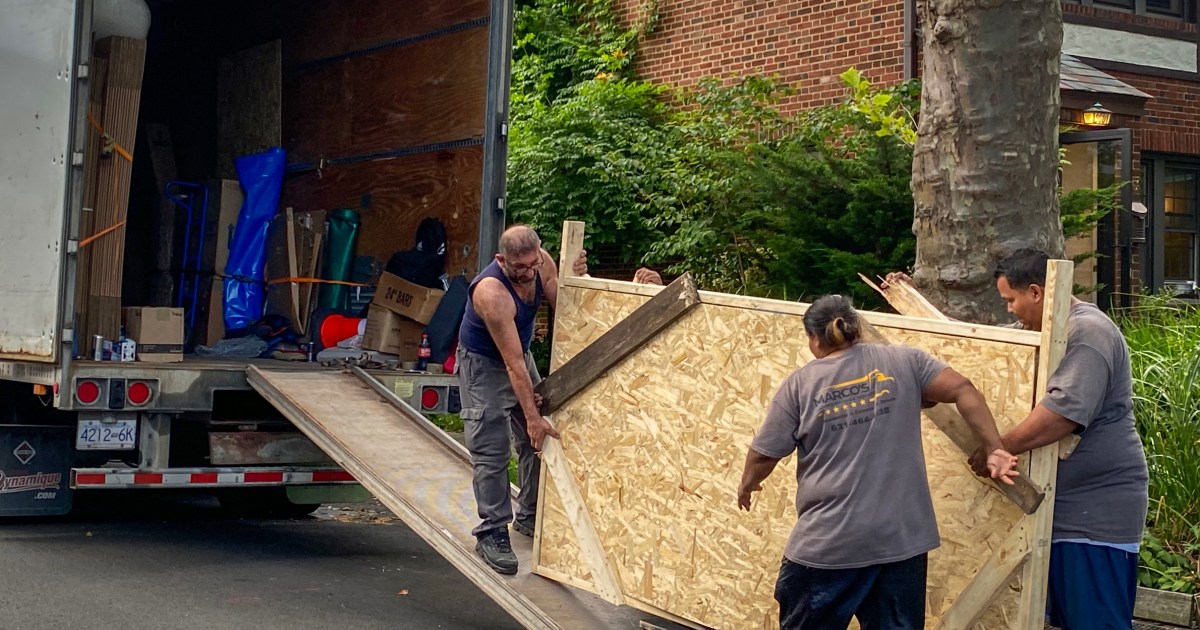In most places, a snack-sized bag of Cheetos left on the ground would be a minor inconvenience, a mildly annoying piece of litter that needed to be picked up. Inside Carlsbad Caverns National Park in New Mexico, however, a bag of Cheetos dropped on the ground was a serious environmental hazard for the delicate underground system.
Carlsbad Caverns shared a photo of the brightly colored bag on Facebook on Sept. 6 along with an explanation of why it was such a big deal. “To the owner of the snack bag, the impact is likely incidental,” park staff wrote. “But to the ecosystem of the cave it had a huge impact.” Staff found the opened bag off-trail in the Big Room, a massive single chamber that highlights the diversity of the park’s cave formations. Most people explore the Big Room when they visit. The main trail covers 1.25 miles.
Carlsbad has a strict food and beverage policy for visitors in the cavern: plain water only. That means no sodas. No coffee. No potato chips. And definitely no Cheetos. The single bag had an outsized impact on the cavern. “The processed corn, softened by the humidity of the cave, formed the perfect environment to host microbial life and fungi,” the park said. “Cave crickets, mites, spiders and flies soon organize into a temporary food web, dispersing the nutrients to the surrounding cave and formations. Molds spread higher up the nearby surfaces, fruit, die and stink. And the cycle continues.”
The rangers got to work on clean-up duty after the bag was found. They spent 20 minutes “carefully removing the foreign detritus and molds from the cave surfaces.” Staff described the spilled snack bag as potentially “world changing” to the life of the cave.
Park staff aren’t sure where the Cheetos bag came from, but it was likely a visitor who dropped it, park guide Joseph Ward says over email. “A visitor might have snuck the bag into the cave even after receiving an orientation that says no food or drink except clean drinking water is allowed inside the cave,” says Ward. It may possibly have come from the historic Underground Lunchroom, the one area in the cave where visitors can consume sandwiches and drinks. The lunchroom is separated from the rest of the cavern. “We are able to clean that area to ensure no food scraps are left behind at the end of the day,” Ward says. Staff eat in their own private lunchroom in the visitor center.
The bag likely wasn’t in place for very long. “We do not know an exact length of time that the bag of chips was sitting there. We as rangers go through and sweep the entire trail every evening to make sure that everyone is out of the cave and to clean up trash along the trail,” says Ward. “It could have been missed by one of the rangers but even still I do not think that the bag was there for more than a couple days.” Dropped food can also tempt unwelcome visitors like raccoons and ringtails (a member of the raccoon family) into the cavern.
Carlsbad Caverns permits a maximum of around 2,000 people per day into the cave. It easily hits that mark in the summer, so there’s lots of potential for littering. “On any given day we will find a few small pieces of trash, a map, maybe a wrapper of some kind,” says Ward. “Sometimes we find items like this along the trails which are paved and easier to clean the food scraps off of.” Ward mentions food isn’t the only problem. Park staff have to clean up human waste on a weekly basis. There’s only one restroom below the surface in the cave.
The National Park Service promotes a “leave no trace” ethos across the entire park system. One of the main principles is to dispose of waste properly. That includes packing out all trash and using provided toilet facilities. The national park concluded its Facebook post with a plea for better behavior: “Great or small we all leave an impact wherever we go. Let us all leave the world a better place than we found it.” That’s good advice not just for Carlsbad Caverns, but for life in general.








